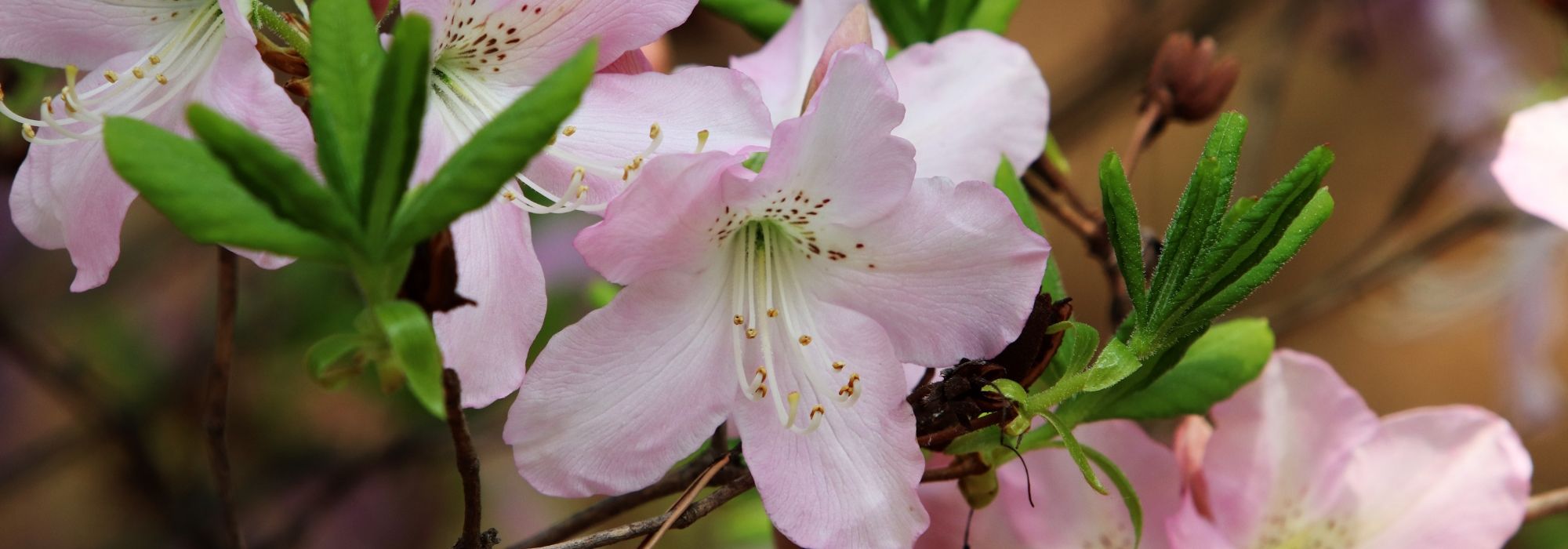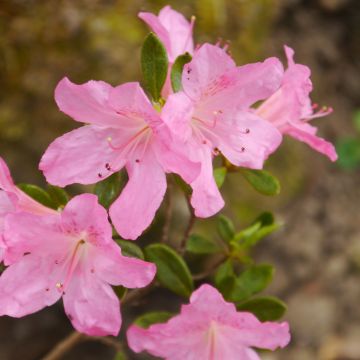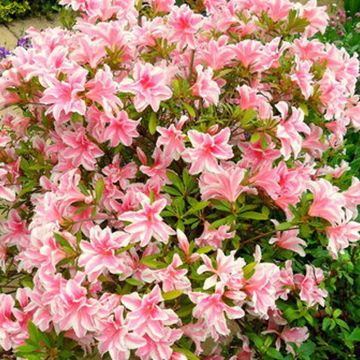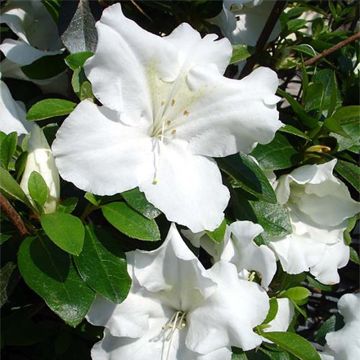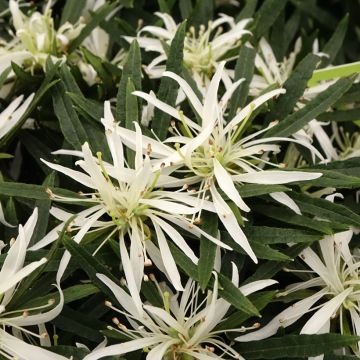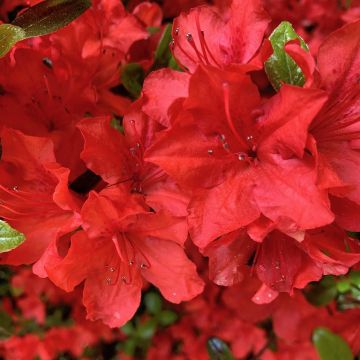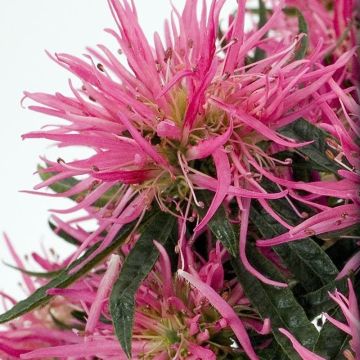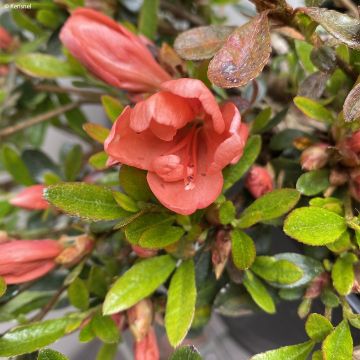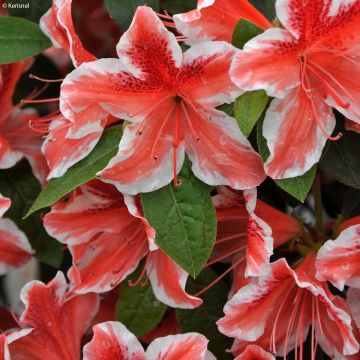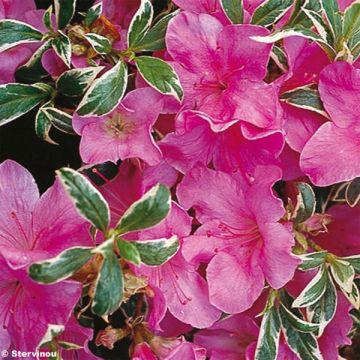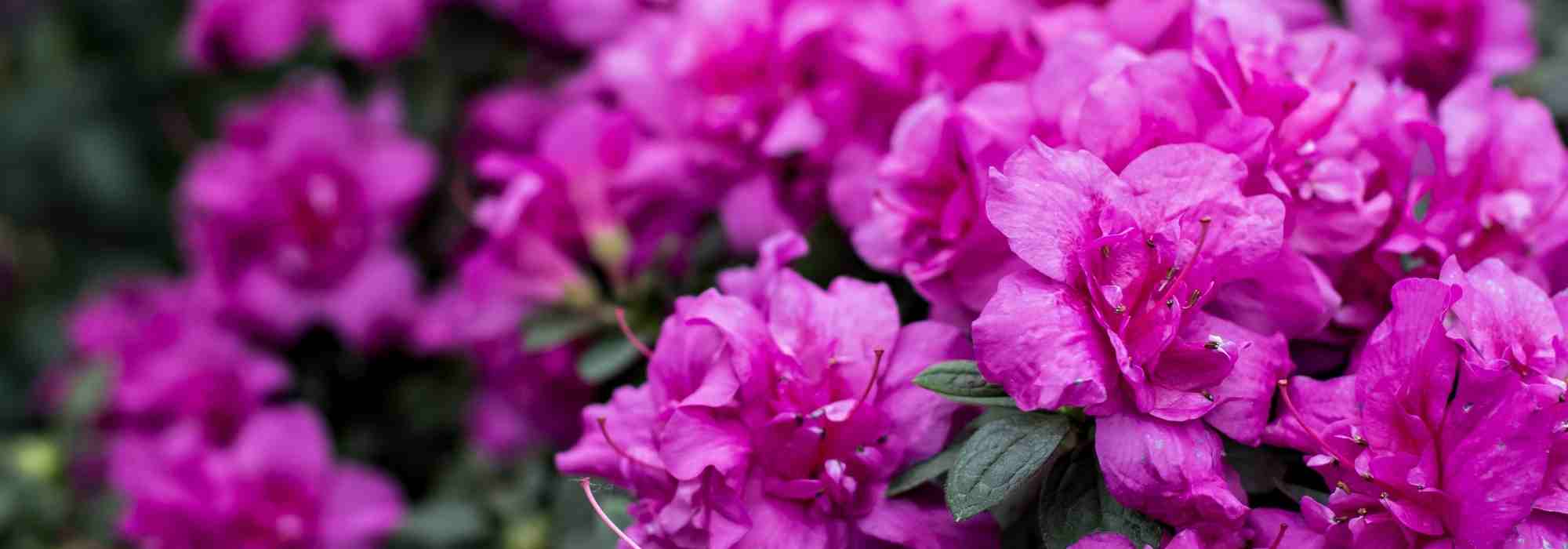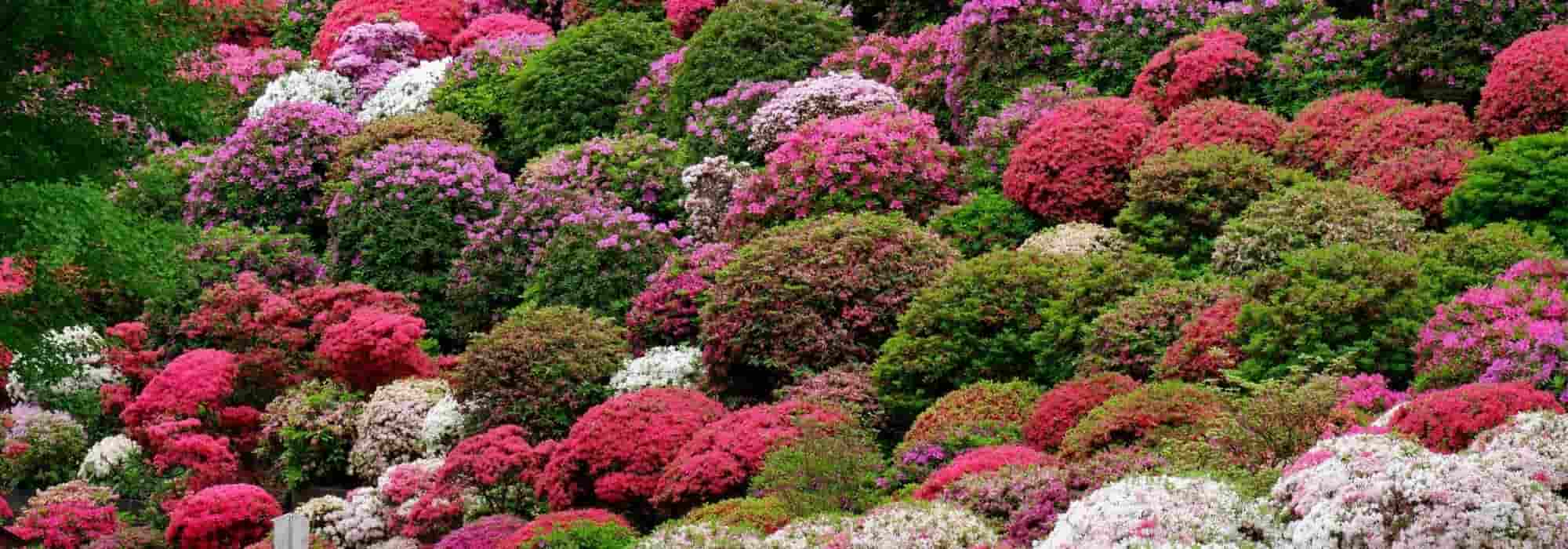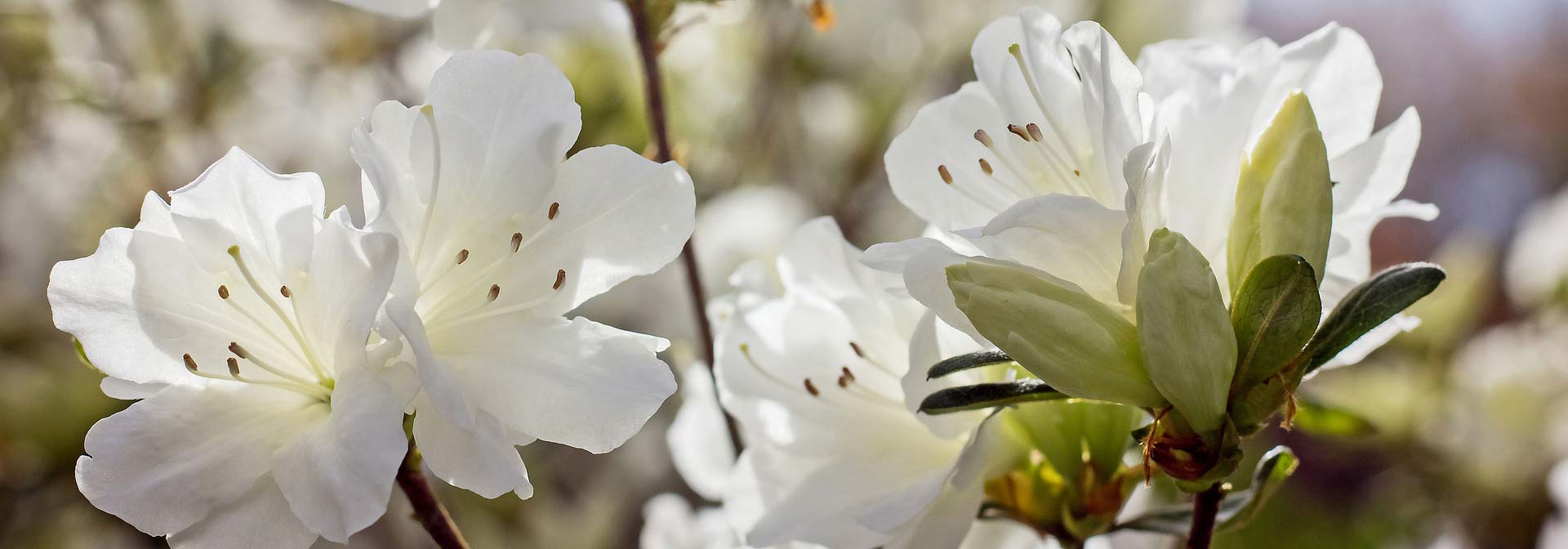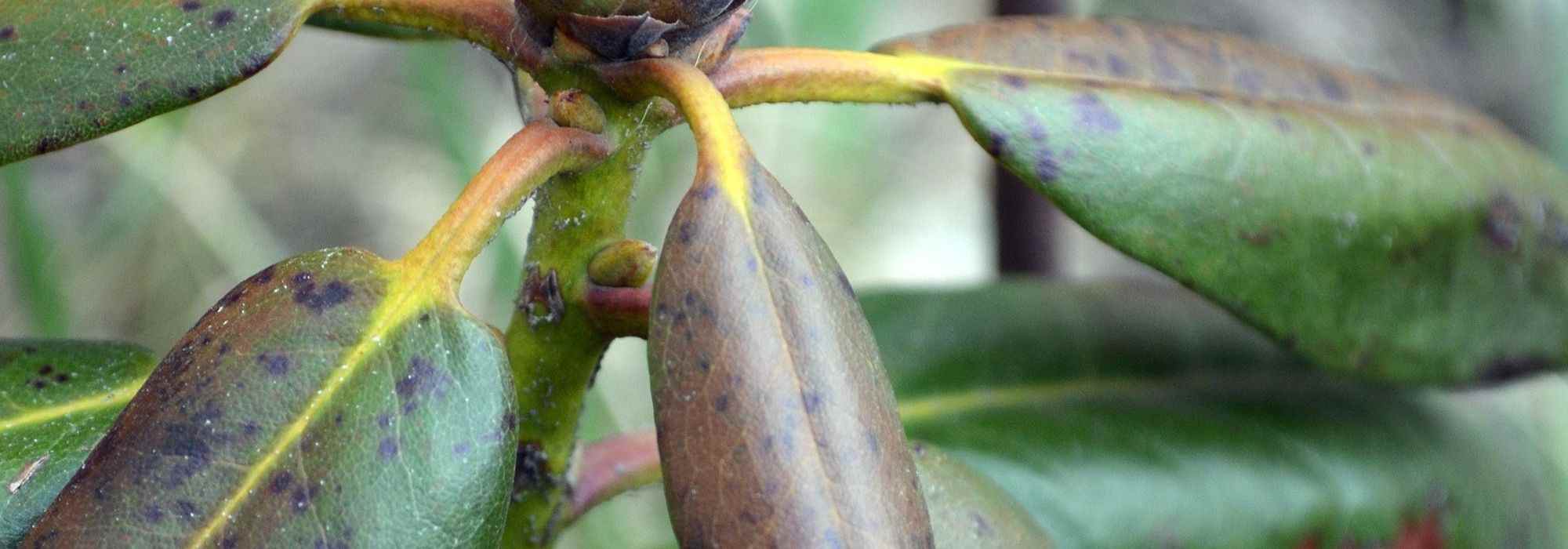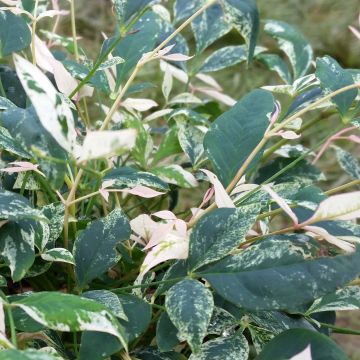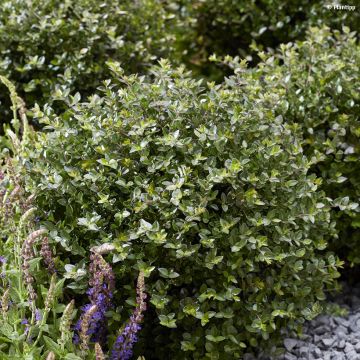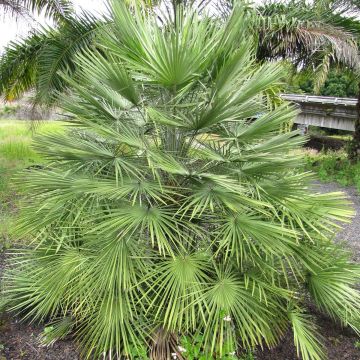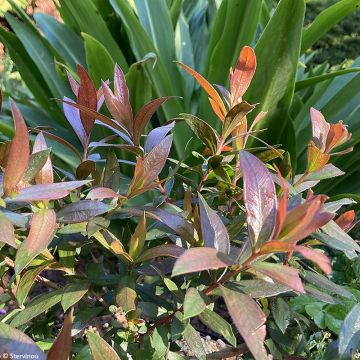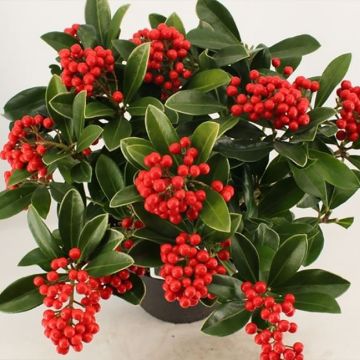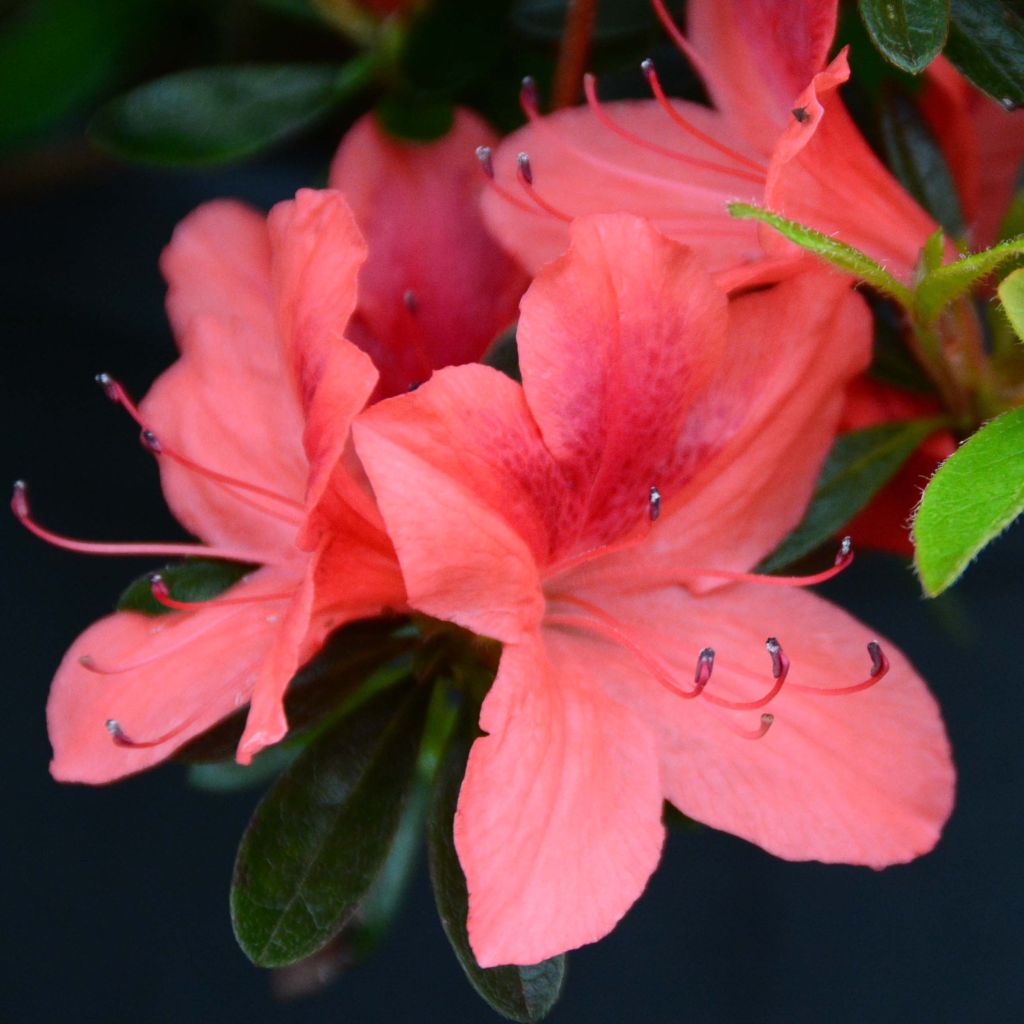

Azalea japonica Tamanini


Azalea japonica Tamanini
Azalea japonica Tamanini
Rhododendron (Azalea) japonica Tamanini
Japanese Azalea
Very beautiful young plant. Beautiful flowering from the first season. Vigorous young plant that quickly recovered after repotting in a suitable pot. I recommend.
Joshua, 07/05/2023
Special offer!
Receive a €20 voucher for any order over €90 (excluding delivery costs, credit notes, and plastic-free options)!
1- Add your favorite plants to your cart.
2- Once you have reached €90, confirm your order (you can even choose the delivery date!).
3- As soon as your order is shipped, you will receive an email containing your voucher code, valid for 3 months (90 days).
Your voucher is unique and can only be used once, for any order with a minimum value of €20, excluding delivery costs.
Can be combined with other current offers, non-divisible and non-refundable.
Home or relay delivery (depending on size and destination)
Schedule delivery date,
and select date in basket
This plant carries a 24 months recovery warranty
More information
We guarantee the quality of our plants for a full growing cycle, and will replace at our expense any plant that fails to recover under normal climatic and planting conditions.

Would this plant suit my garden?
Set up your Plantfit profile →
Description
The 'Tamanini' Japanese Azalea, a small, evergreen shrub in the Rhododendron family, is distinguished by its year-round bronze foliage, which is decorative even in winter. This rather late variety has small, trumpet-shaped spring flowers of a warm, luminous brick-red with a hint of pink. Japanese azaleas look wonderful in pots on the terrace, or as a border plant. They merit the few changes needed to recreate the conditions they love: they thrive in semi-shade, in soil that is always moist and lime-free.
Little is known about the origins of the Tamanini hybrid Rhododendron. It is part of a large group of evergreen hybrids known for their hardiness, adaptability, abundance of flowers and vibrant colours. Their complex genealogy probably includes the Asian species Rhododendron kaempferi, R. kiusianum, as well as various species and ancient Japanese hybrids. It is generally preferable to protect them from the severest cold. 'Tamanini' is however hardy down to -15°C (5 °F).
'Tamanini' is a medium-sized variety with a rather rounded habit. The slow-growing plant will reach around 1 m x 1m (3 ft 4 in x 3 ft 4 in) by the age of 10, depending on growing conditions. Flowering generally starts at the end of April, or even in May, depending on the climate. It is made up of small trumpet-shaped flowers with a corolla of wavy petals in a very consistent, satiny, coppery pinky-red. The centre of the flower has long, similar-coloured stamens. The flowers are grouped in terminal clusters of 3 to 5. The foliage is generally evergreen and is made up of small, simple, oval leaves measuring 2 to 3 cm (0.8 to 1.2 in), with smooth edges, arranged alternately on the branches. They are green with bronze highlights; the young leaves that appear after flowering are a lovely soft green. Azaleas and Rhododendrons have a shallow root system that always needs to be kept moist, but they also dislike waterlogged soil which would suffocate the roots.
Japanese azaleas thrive in cool climates with distinct winters, planted in humus-rich, acid soil, such as ericaceous soil. In these conditions, they are very beautiful evergreen shrubs for borders or pots, attractive all year round. They harmonise beautifully with heathers, Japanese maples, or their Chinese relatives that change colour with the seasons, as well as Japanese camellias and their graceful, often fragrant, autumn-flowering cousins, the Camellia sasanqua hybrids. This Tamanini variety, forming a beautifully coloured mound of flowers in spring, will look wonderful on the terrace or balcony, in a large, carefully chosen pot, in suitable soil, and watered with lime-free water.
Azalea japonica Tamanini in pictures




Plant habit
Flowering
Foliage
Botanical data
Rhododendron (Azalea)
japonica
Tamanini
Ericaceae
Japanese Azalea
Cultivar or hybrid
Other Japanese Azalea
View all →Planting and care
The Japanese Azalea prefers a rather shady location, unlike the Chinese Azalea, but its favourite position is in partial shade. It is a plant that thrives in humid and cool climates, and does not tolerate heat, dry air, or excessively dry or waterlogged soils. Plant it in well-drained, humus-rich, acid, and most importantly, lime-free soil. When planting, make sure not to bury the root ball too deep, it should be level with the surface of the soil. Water cpoiously during dry periods, at least once a week in the first year, with alkaline-free water.
In spring, apply fertilizer for acid-loving plants. Pruning is not essential but it is a good idea to prune lightly after flowering to keep the plant looking neat. Remove spent flowers to encourage new growth. The Azalea suffers from very few diseases when well established outdoors. It can be attacked by weevils that eat the edges of the leaves and rootlets, and by the famous "Rhododendron lace bug", not often causing significant damage. If the soil is chalky or poorly drained, or if the rootball is planted too deep, the leaves may turn yellow and eventually die.
Planting period
Intended location
Care
Planting & care advice
-
, onOrder confirmed
Reply from on Promesse de fleurs
Similar products
Haven't found what you were looking for?
Hardiness is the lowest winter temperature a plant can endure without suffering serious damage or even dying. However, hardiness is affected by location (a sheltered area, such as a patio), protection (winter cover) and soil type (hardiness is improved by well-drained soil).

Photo Sharing Terms & Conditions
In order to encourage gardeners to interact and share their experiences, Promesse de fleurs offers various media enabling content to be uploaded onto its Site - in particular via the ‘Photo sharing’ module.
The User agrees to refrain from:
- Posting any content that is illegal, prejudicial, insulting, racist, inciteful to hatred, revisionist, contrary to public decency, that infringes on privacy or on the privacy rights of third parties, in particular the publicity rights of persons and goods, intellectual property rights, or the right to privacy.
- Submitting content on behalf of a third party;
- Impersonate the identity of a third party and/or publish any personal information about a third party;
In general, the User undertakes to refrain from any unethical behaviour.
All Content (in particular text, comments, files, images, photos, videos, creative works, etc.), which may be subject to property or intellectual property rights, image or other private rights, shall remain the property of the User, subject to the limited rights granted by the terms of the licence granted by Promesse de fleurs as stated below. Users are at liberty to publish or not to publish such Content on the Site, notably via the ‘Photo Sharing’ facility, and accept that this Content shall be made public and freely accessible, notably on the Internet.
Users further acknowledge, undertake to have ,and guarantee that they hold all necessary rights and permissions to publish such material on the Site, in particular with regard to the legislation in force pertaining to any privacy, property, intellectual property, image, or contractual rights, or rights of any other nature. By publishing such Content on the Site, Users acknowledge accepting full liability as publishers of the Content within the meaning of the law, and grant Promesse de fleurs, free of charge, an inclusive, worldwide licence for the said Content for the entire duration of its publication, including all reproduction, representation, up/downloading, displaying, performing, transmission, and storage rights.
Users also grant permission for their name to be linked to the Content and accept that this link may not always be made available.
By engaging in posting material, Users consent to their Content becoming automatically accessible on the Internet, in particular on other sites and/or blogs and/or web pages of the Promesse de fleurs site, including in particular social pages and the Promesse de fleurs catalogue.
Users may secure the removal of entrusted content free of charge by issuing a simple request via our contact form.
The flowering period indicated on our website applies to countries and regions located in USDA zone 8 (France, the United Kingdom, Ireland, the Netherlands, etc.)
It will vary according to where you live:
- In zones 9 to 10 (Italy, Spain, Greece, etc.), flowering will occur about 2 to 4 weeks earlier.
- In zones 6 to 7 (Germany, Poland, Slovenia, and lower mountainous regions), flowering will be delayed by 2 to 3 weeks.
- In zone 5 (Central Europe, Scandinavia), blooming will be delayed by 3 to 5 weeks.
In temperate climates, pruning of spring-flowering shrubs (forsythia, spireas, etc.) should be done just after flowering.
Pruning of summer-flowering shrubs (Indian Lilac, Perovskia, etc.) can be done in winter or spring.
In cold regions as well as with frost-sensitive plants, avoid pruning too early when severe frosts may still occur.
The planting period indicated on our website applies to countries and regions located in USDA zone 8 (France, United Kingdom, Ireland, Netherlands).
It will vary according to where you live:
- In Mediterranean zones (Marseille, Madrid, Milan, etc.), autumn and winter are the best planting periods.
- In continental zones (Strasbourg, Munich, Vienna, etc.), delay planting by 2 to 3 weeks in spring and bring it forward by 2 to 4 weeks in autumn.
- In mountainous regions (the Alps, Pyrenees, Carpathians, etc.), it is best to plant in late spring (May-June) or late summer (August-September).
The harvesting period indicated on our website applies to countries and regions in USDA zone 8 (France, England, Ireland, the Netherlands).
In colder areas (Scandinavia, Poland, Austria...) fruit and vegetable harvests are likely to be delayed by 3-4 weeks.
In warmer areas (Italy, Spain, Greece, etc.), harvesting will probably take place earlier, depending on weather conditions.
The sowing periods indicated on our website apply to countries and regions within USDA Zone 8 (France, UK, Ireland, Netherlands).
In colder areas (Scandinavia, Poland, Austria...), delay any outdoor sowing by 3-4 weeks, or sow under glass.
In warmer climes (Italy, Spain, Greece, etc.), bring outdoor sowing forward by a few weeks.






























